Concierge Service
Who is the concierge and what role does he play?
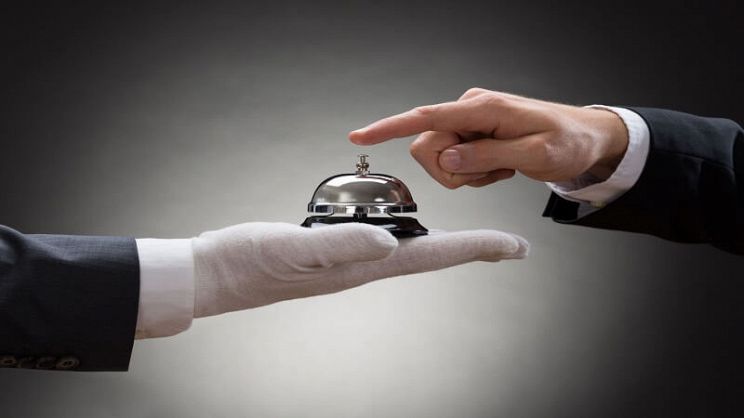
Perhaps not everyone is aware of it but concierge services can improve and make a hotel stay more pleasant and easier.
But what is the meaning of the concierge service and what role does this person play?
The concierge is a professional figure that traditionally was born in Luxury Hotels , but that nowadays has spread to all accommodation facilities and that basically has the task of improving the customer experience.
A fundamental person, who within a hotel performs several tasks:
to welcome and relate to guests, supervise their safety and that of their goods within the structure, ensure order and cleanliness, promote the tourist offer of the place, take care of all the needs of customers fulfilling, within the limit of reasonable, their requests and their needs.
To become a concierge, specific professional training is essential.
Those who hold this role generally know at least two languages, in order to interact with the guests of the structure, especially English.
This figure also has good communication skills and an extraordinary value because of the network of contacts and knowledge that over the years he acquires.
His task is precisely to put these skills and information at your disposal, so we advise you to be the first to be friendly towards him, because you will most likely need his help.
What the Concierge can help with
The concierge service is offered to all guests with the express purpose of helping customers.
But how?
Whatever the problem, the need or the advice that you need, it is to him that you must turn; from information on places to visit, the best restaurant in the area, tickets for a show you want to see, booking a taxi or a car, as well as solving problems related to your accommodation or any other difficulty during your stay .
No request is too small or too big, as long as of course you are not asking for anything illegal or unreasonable.
Courtesy always pays off
Concierge services are totally free but remember that a tip, especially in high-end properties, will always be a much appreciated gesture.
For the amount, rely on the level of the Hotel, but even a small amount will be enough to show your appreciation and guarantee you an eye on it.
gabbiaservices





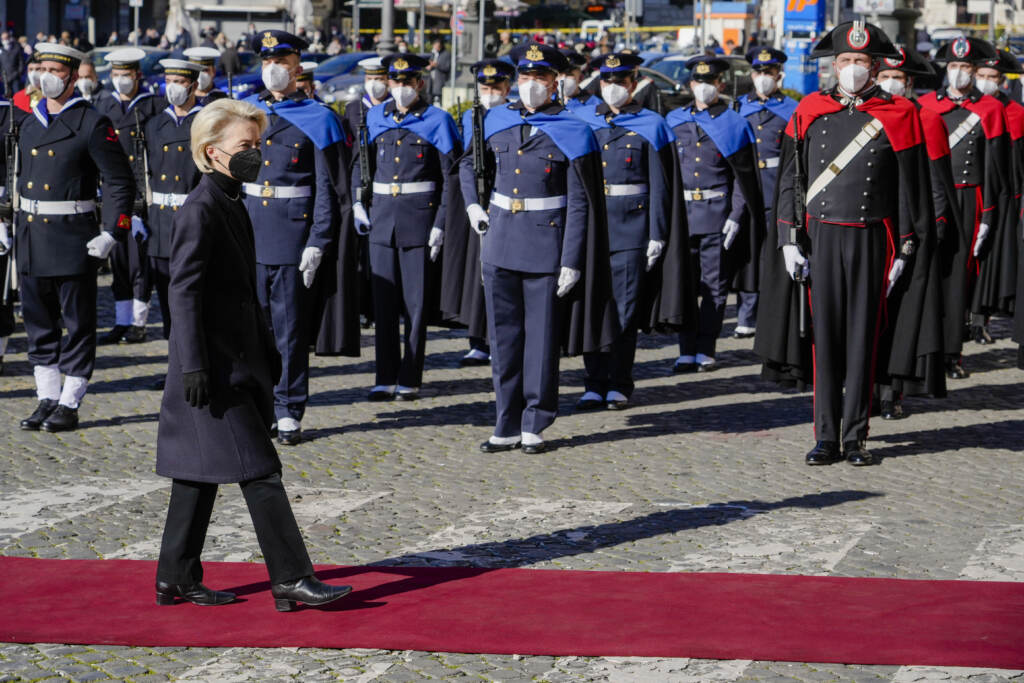




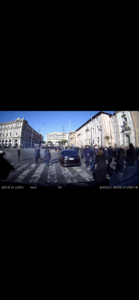
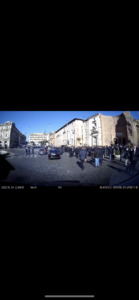
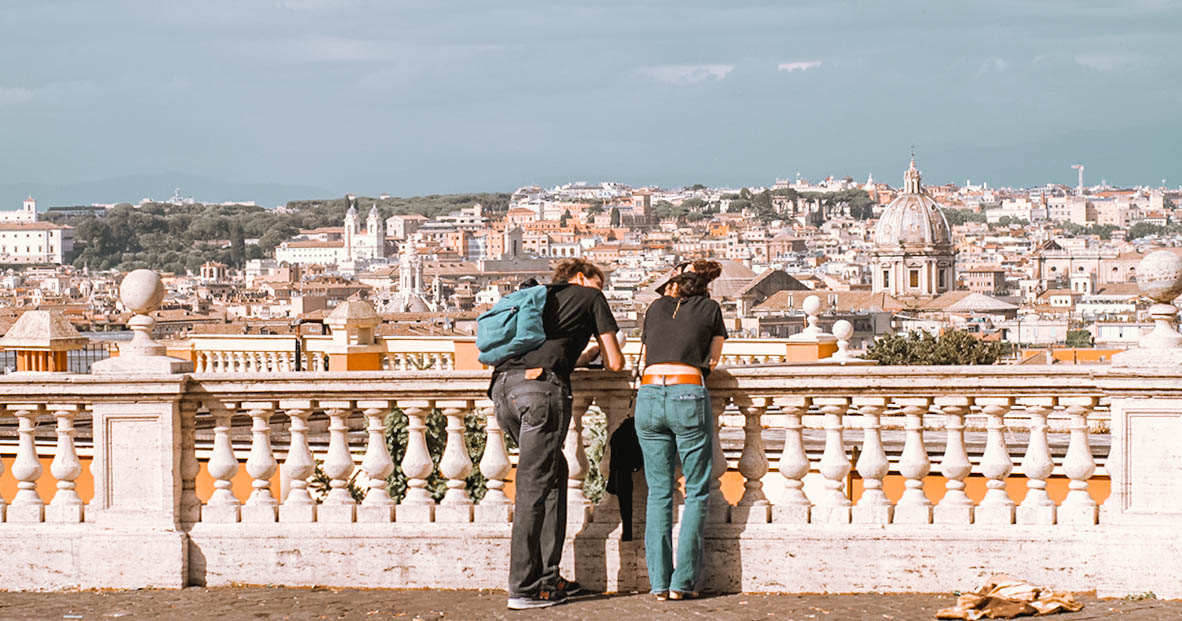




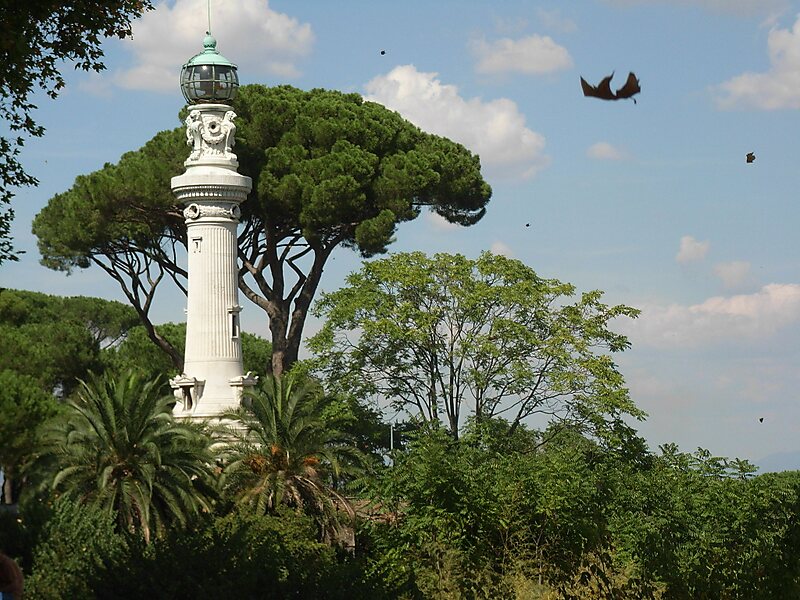

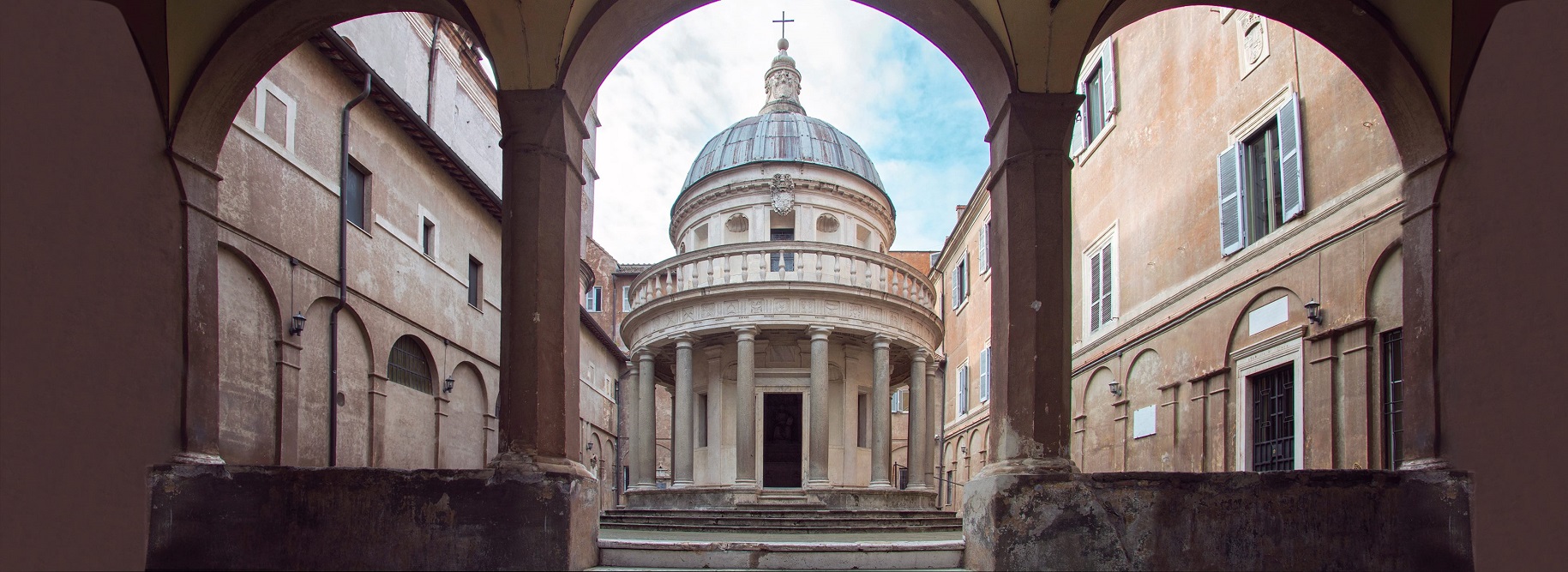
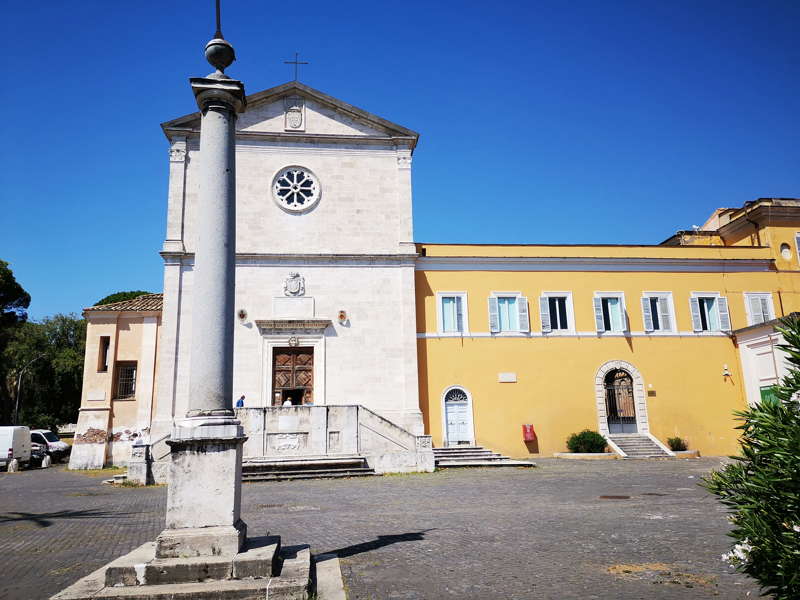







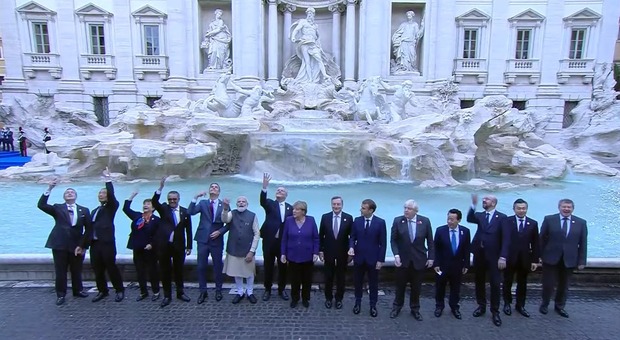

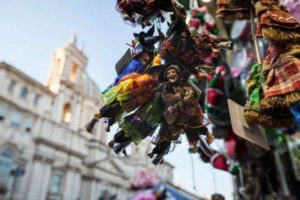
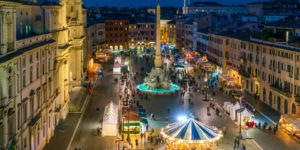
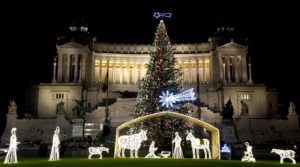
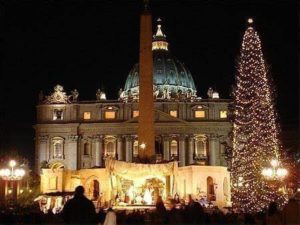
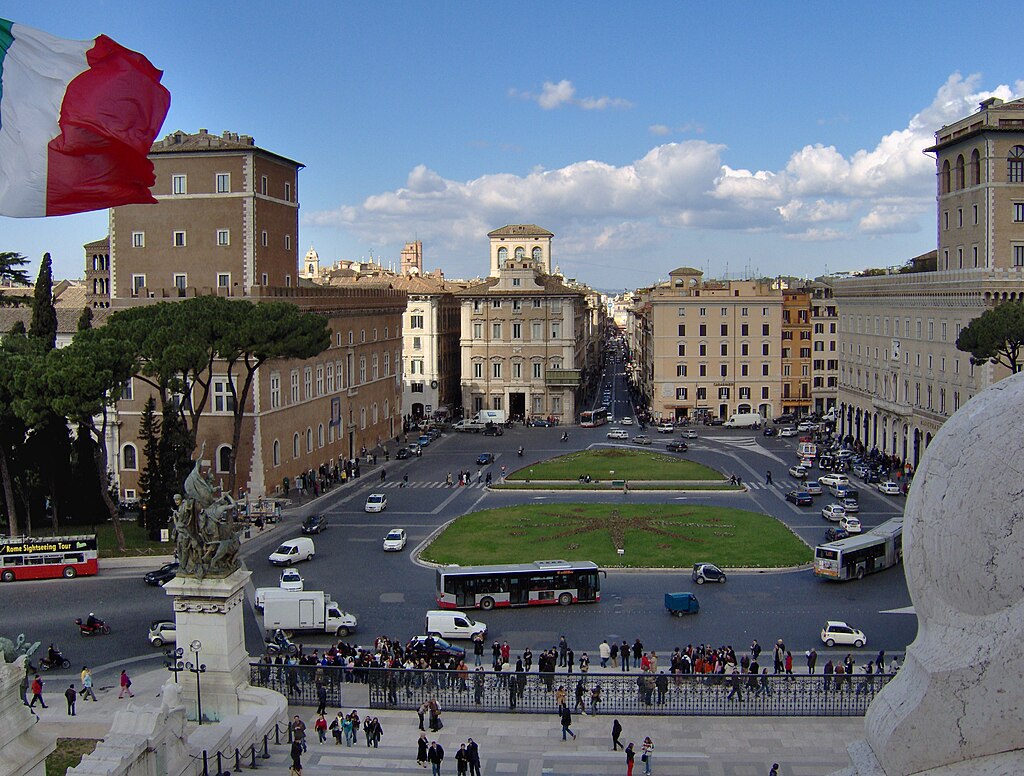

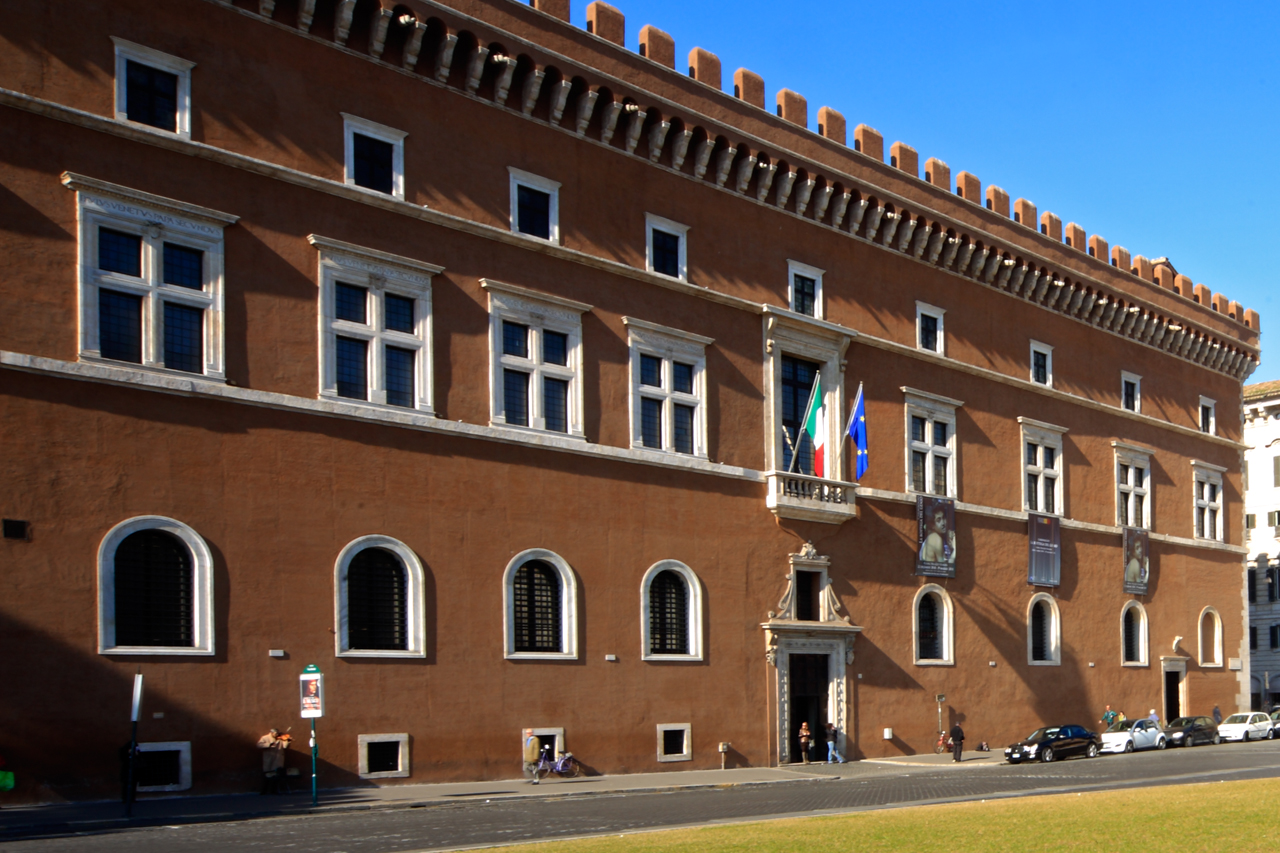












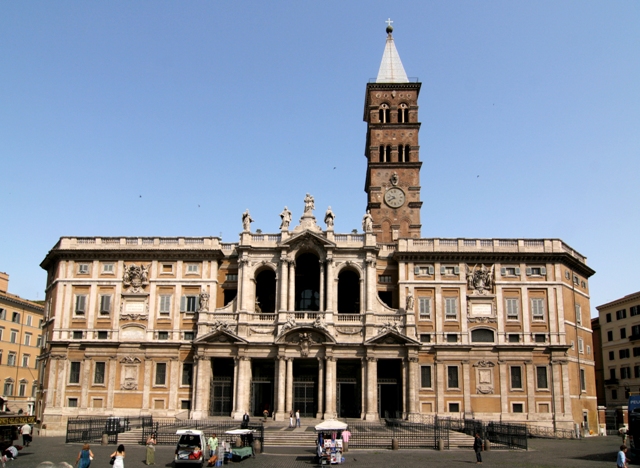

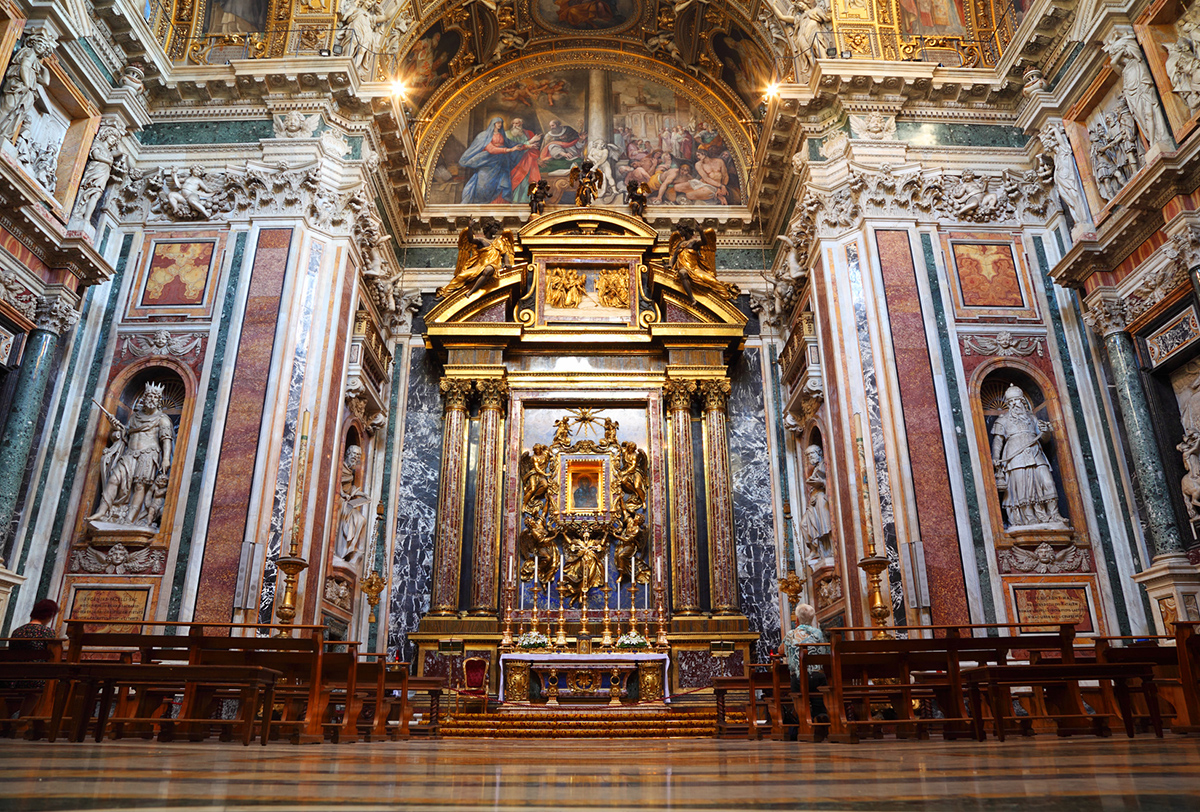






Recent Comments